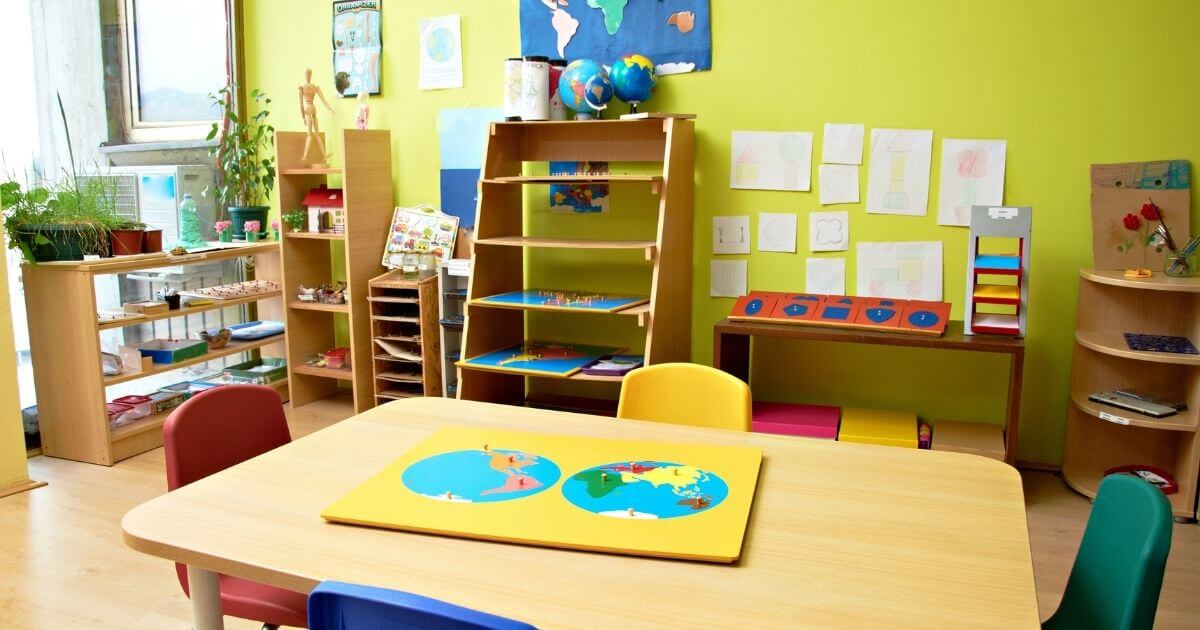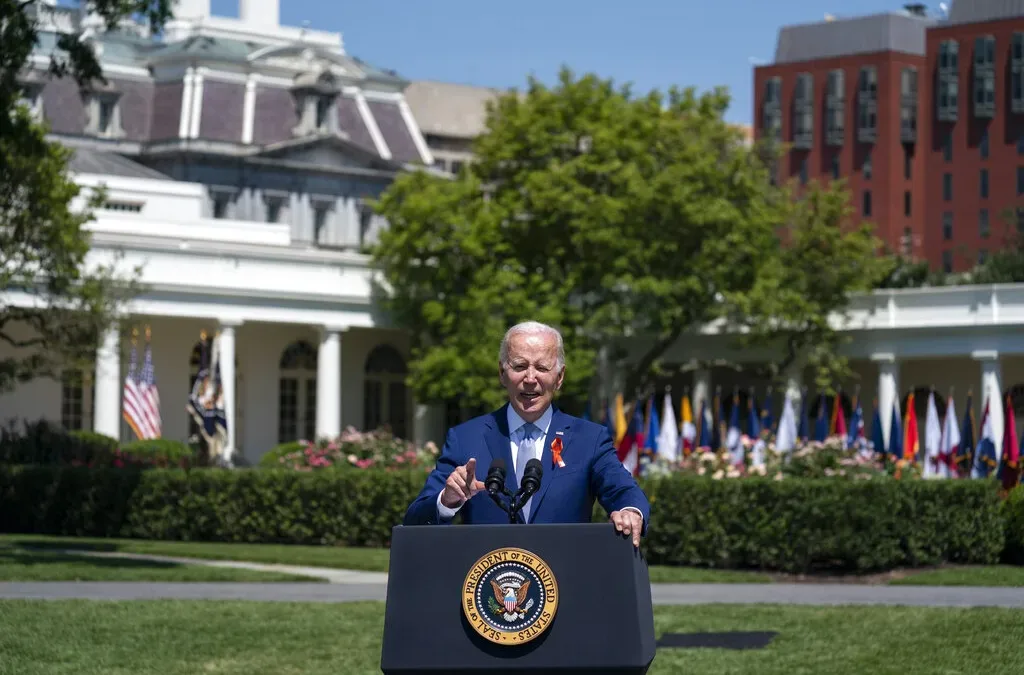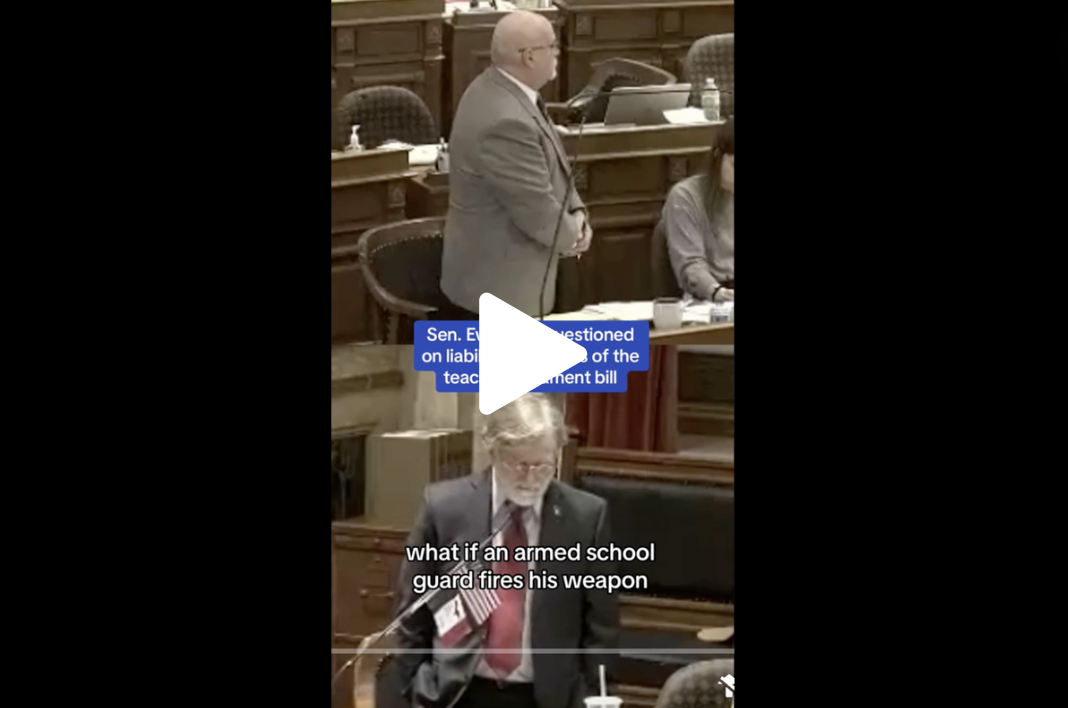
Canva
Everyone knows Iowa has a child-care problem and yet, little progress has been made to solve it.
Rep. Tracy Ehlert (D-Cedar Rapids), an early childhood educator for about 15 years, said the crisis has existed for her whole career. She said it took parents leaving the workforce, or not coming back after the pandemic, for legislators to pay attention to the problem and to try fixing it.
“Many of my colleagues across the aisle have really picked up on the issues and they’re blaming it on the pandemic, which definitely exacerbated it,” she said. “But that’s part of why we’re in the state we’re in now because we let so many of these issues go for so long before everybody cared about it.”
This year, three bills came up in the Iowa legislature to address the issue. One would lower the minimum age for people working at centers—to expand the workforce—one increased the number of children a single caretaker could look after, and the last one altered the amount of money centers could charge.
And none of these made it past the Iowa House.
[inline-ad id=”1″]
They also weren’t solving the real problem, according to Ehlert and Jillian Herink, the executive director of the Iowa Association for the Education of Young Children (AEYC). And that is the problem of not having new child-care providers entering the workforce.
“Professionalizing child care is the most sustainable solution,” Herink said. “And that is making sure that child care providers have competitive wage with people who have similar education backgrounds and also have access to benefits.”
The biggest problem when it comes to the workforce, she said, is people don’t have much incentive to become child-care providers. Because of this, there aren’t enough to meet the needs of the state.
“If you’re looking long term, it has to be a profession that people want to be in,” Herink said. “And many people want to pursue early childhood education. That’s their passion, that’s their skill set. But they go to K-12 or they go to public school because they can’t live and provide for their families while serving young children.”
Child care providers and early childhood educators, on average, earn between $19,490 and $23,770 in Iowa, according to May 2021 data from the Bureau of Labor Statistics. Many are overworked because they don’t have the co-workers to take over if they need sick days or time off.
So even if new centers are built or opened, it doesn’t actually increase the offerings because there still aren’t enough people to fill positions.
[inline-ad id=”2″]
Ehlert and Herink said Iowa needs to make more of an investment in the child care and early childhood education workforces, starting with money going into building up providers.
“If I had my dream list, we would fund early childhood education the same way we fund K-12 and higher ed where they have actual consistent line items in our state budget,” Ehlert said.
There’s another solution, though, and Ehlert said it’s likely to be best option until the state steps up.
“A lot of it’s going to rely on those public-private partnerships,” she said. “And we’re seeing that more and more as businesses step up to create innovative solutions.”
That model includes businesses offering their employees everything from on-site child care to financial help paying for child care for employees.
[inline-ad id=”3″]
Ehlert said a lot of business statewide are willing to step in and find solutions because it helps their workforce, too. And it’s helpful because they know the greatest needs in their own communities.
A study published in 2020 called Untapped Potential and conducted by the US Chamber Foundation studied the issue in Iowa and praised these public-private partnerships. It also emphasized Iowa should invest more in child care to truly solve the problem.
It concluded: “State leaders can also learn from companies in the state who have already developed their own solutions so that these great efforts can be expanded and replicated. With proper investment from the state and business, Iowa can reduce its workforce shortage. It will help Iowa regain the $934.6 million in untapped potential and ensure Iowa is ready for its path forward.”
[inline-ad id=”4″]
There is some good news on the horizon. Last year, Iowa was awarded $200 million from the American Rescue Plan to provide grants for licensed and registered child care providers. The Iowa Department of Human Services has applications available.
Gov. Kim Reynolds also created a task force to study the issue and come up with recommendations that were published last year.
Of the 15 recommendations, none really made it to the legislature this session.
Ehlert said she has conversations with her colleagues all the time, and they frequently come to her about ideas. Democratic legislators also frequently offer amendments to make improvements. But none of those ideas go anywhere.
“They are very open to the conversation, but it’s always, ‘Well, how much is that going to cost?’ And then when you start talking money, we got to figure out things that don’t cost money,” Ehlert said. “Well, there is no solution to our child-care crisis right now that money is not involved.”
Nikoel Hytrek
4/8/22
Iowa Starting Line is part of an independent news network and focuses on how state and national decisions impact Iowans’ daily lives. We rely on your financial support to keep our stories free for all to read. You can contribute to us here. Also follow us on Facebook and Twitter.
[inline-ad id=”0″]
Politics

Biden announces new action to address gun sale loopholes
The Biden administration on Thursday announced new action to crack down on the sale of firearms without background checks and prevent the illegal...

Biden cancels student loan debt for 2,690 more Iowans
The Biden administration on Friday announced its cancellation of an additional $7.4 billion in student debt for 277,000 borrowers, including 2,690...
Local News

No more Kum & Go? New owner Maverik of Utah retiring famous brand
Will Kum & Go have come and gone by next year? One new report claims that's the plan by the store's new owners. The Iowa-based convenience store...

Here’s a recap of the biggest headlines Iowa celebs made In 2023
For these famous Iowans, 2023 was a year of controversy, career highlights, and full-circle moments. Here’s how 2023 went for the following Iowans:...





